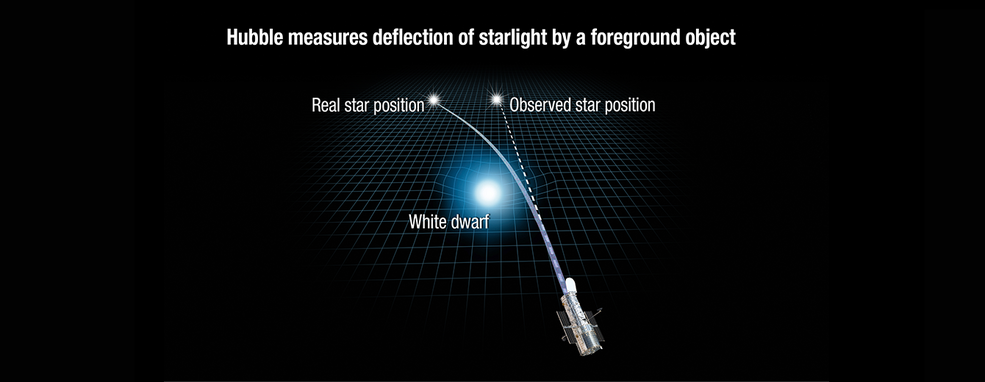Report by Swasti Sharma
Astronomers using NASA’s Hubble Space Telescope (HST) have directly measured the mass of a single, isolated white dwarf for the first time.
The white dwarf named LAWD 37 is a sun-like star. It is a burnt-out star; burnt a billion years ago.
It’s remnant (left part) was studied thoroughly since it is only 15 light years away from earth. It is present in the ‘Musca’ constellation. Researchers found that the white dwarf is 56 percent the mass of our Sun. The information about the masses of previous white dwarfs has been obtained by observing the white dwarfs in binary star systems (a system of two stars that are gravitationally attached to and in the orbit around each other). By watching the motion of two co-orbiting stars, their masses can be predicted. However, these measurements are not that accurate if the white dwarf’s companion star is in an orbit of long-period of hundreds or thousands of years. Orbital motion can be measured by telescopes only with the help of the dwarf’s orbital motion.
But this white dwarf was isolated(alone). For measuring its mass, the researchers had to use a phenomenon called gravitational microlensing.
Gravitational microlensing involves bending of light by massive objects (objects of great mass).

The light from a background star was slightly deflected by the gravitational warping (it is according to the general relativity theory given by Albert Einstein) of space by the foreground dwarf star. As the white dwarf passed in front of the background star, microlensing caused the star to appear temporarily offset from its actual position on the sky. This process is just like radial velocity method. In that case also the star appears to be wobbling and slightly off positioned. In Einstein’s theory of general relativity, he predicted that when a massive object passes in front of a background star, the light from the star would bend around the foreground object due to the warping of space by its gravitational field.

